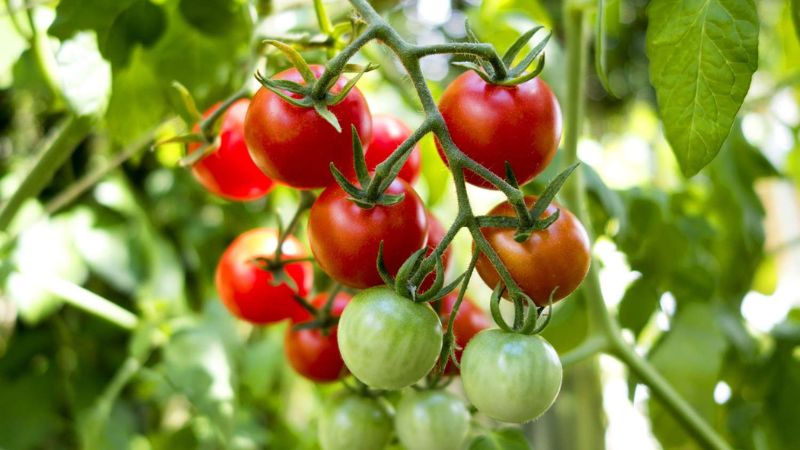Growing tomatoes is a favorite gardening activity for many, but achieving a healthy, bountiful harvest requires more than just good soil and sunlight. Understanding companion planting—the practice of strategically positioning plants to enhance growth and protect against pests—is crucial. While some plants are great companions for tomatoes, others can be detrimental. Here are nine plants you should never grow alongside your tomatoes.
1. Fennel
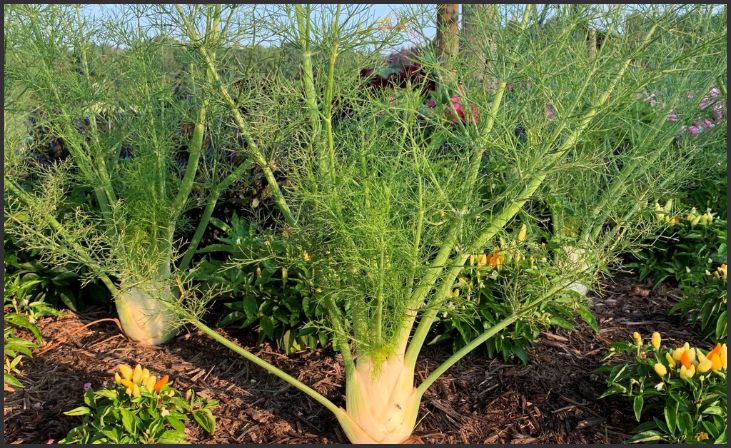
Allelopathic Effects
Fennel is notorious for its allelopathic properties, which means it releases chemicals that inhibit the growth of surrounding plants, including tomatoes. This can stunt tomato growth, reduce fruit yield, and affect overall plant health.
Pest Attraction
Fennel attracts pests like aphids and caterpillars, which can easily spread to your tomato plants. This dual threat makes fennel a poor companion for tomatoes, as it both competes for nutrients and invites unwanted insects.
2. Corn
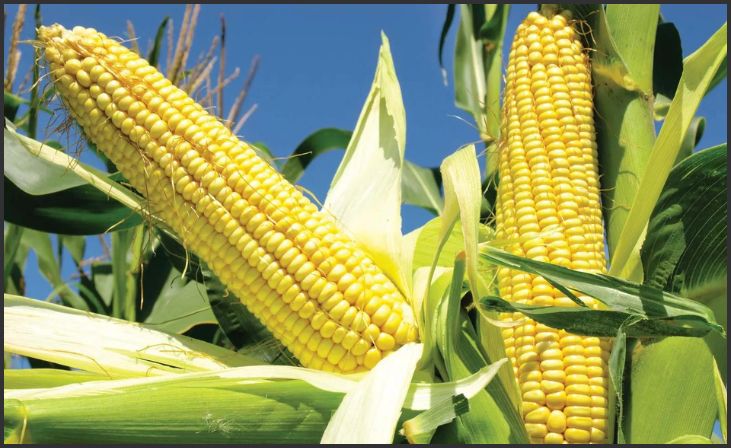
Shared Pests
Corn and tomatoes are both susceptible to the corn earworm and tomato fruitworm. Planting them together can lead to a rapid spread of these pests, resulting in significant damage to both crops.
Nutrient Competition
Both corn and tomatoes are heavy feeders, meaning they require substantial amounts of nutrients from the soil. Growing them together can lead to competition for essential nutrients, leaving both plants undernourished and potentially stunted.
3. Potatoes

Disease Transmission
Potatoes and tomatoes are both members of the nightshade family, making them susceptible to similar diseases, such as blight. Planting them together increases the risk of disease transmission, which can devastate both crops.
Space Competition
Both plants require significant space to grow properly. Their roots can compete for underground space, leading to poor root development and reduced yields.
4. Cabbage

Nutrient Depletion
Cabbage, like other brassicas, is a heavy feeder that can quickly deplete the soil of nutrients. This can leave tomato plants with insufficient nutrients, affecting their growth and fruit production.
Root Competition
The extensive root system of cabbage can compete with tomatoes for space and nutrients. This can lead to poor root development in tomatoes, affecting their overall health and yield.
5. Walnut Trees
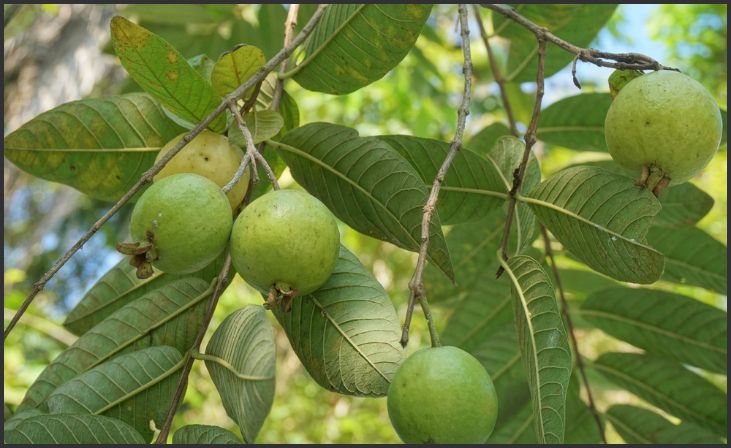
Juglone Toxicity
Walnut trees produce a chemical called juglone, which is toxic to many plants, including tomatoes. Even small amounts of juglone in the soil can cause tomatoes to wilt, yellow, and eventually die.
Shade and Space
Walnut trees also cast significant shade, which can hinder the growth of sun-loving tomatoes. The tree’s extensive root system can further compete for water and nutrients, making it a poor companion for tomatoes.
6. Eggplant

Shared Pests and Diseases
Eggplants, like tomatoes, are also members of the nightshade family. This makes them susceptible to the same pests and diseases, such as blight and spider mites. Growing them together can increase the likelihood of infestations and disease outbreaks.
Nutrient Competition
Both eggplants and tomatoes are heavy feeders, requiring a lot of nutrients from the soil. Planting them together can lead to competition for these nutrients, resulting in stunted growth and reduced yields for both plants.
7. Peppers
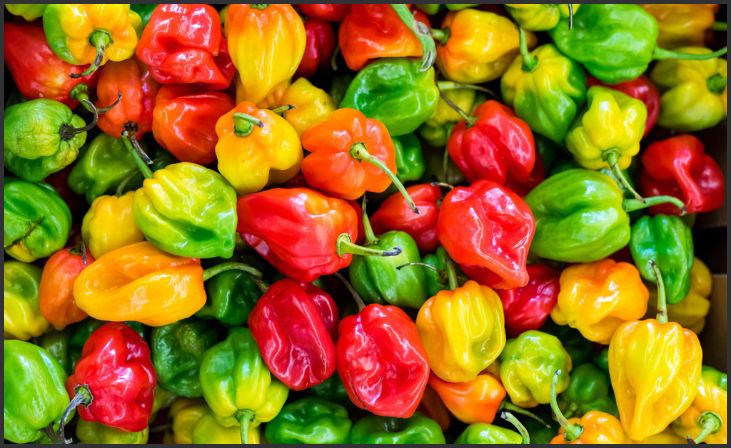
Disease Risk
Peppers, another member of the nightshade family, share many of the same diseases as tomatoes, including bacterial spot and mosaic virus. Planting them together can facilitate the spread of these diseases, potentially devastating your crops.
Pest Attraction
Peppers and tomatoes are both attractive to pests like aphids and whiteflies. Growing them in close proximity can create a hotspot for these pests, leading to increased infestations and damage to both plants.
8. Brassicas (Broccoli, Cauliflower, Brussels Sprouts)
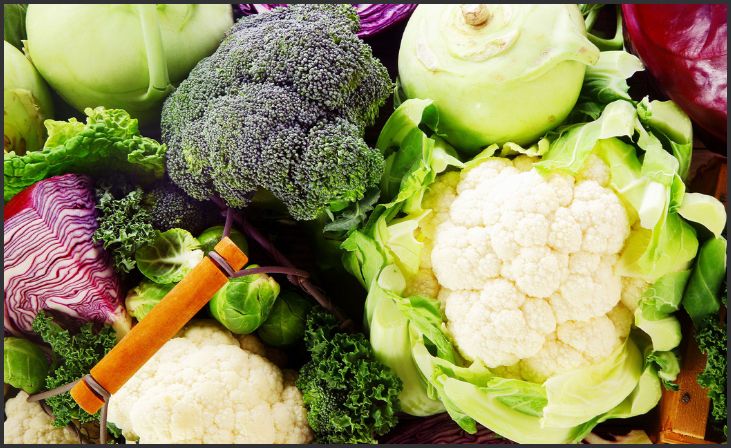
Growth Inhibition
Brassicas can inhibit the growth of tomato plants through their root secretions. This can stunt the growth of tomatoes and reduce their fruit production.
Nutrient Competition
Brassicas are heavy feeders, which can lead to competition for nutrients with tomato plants. This can leave both plants undernourished and affect their overall health and productivity.
9. Kohlrabi
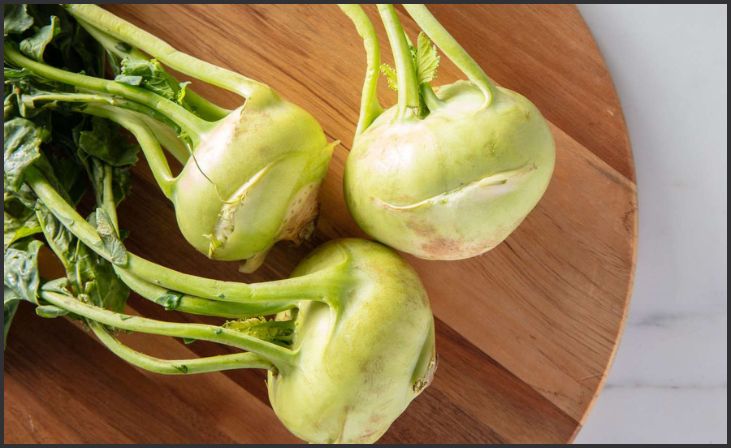
Allelopathic Effects
Kohlrabi, a member of the brassica family, can produce chemicals that inhibit the growth of tomatoes. This can stunt tomato growth and reduce fruit yield.
Space and Nutrient Competition
Kohlrabi’s extensive root system can compete with tomatoes for both space and nutrients. This can lead to poor root development and reduced yields in tomatoes.
Conclusion
Companion planting is a powerful tool for gardeners, but it requires careful planning and knowledge of plant interactions. Avoiding these nine plants near your tomatoes can help you achieve a healthier, more productive garden. By choosing compatible companions, you can enhance the growth and yield of your tomato plants, ensuring a bountiful harvest season after season.

